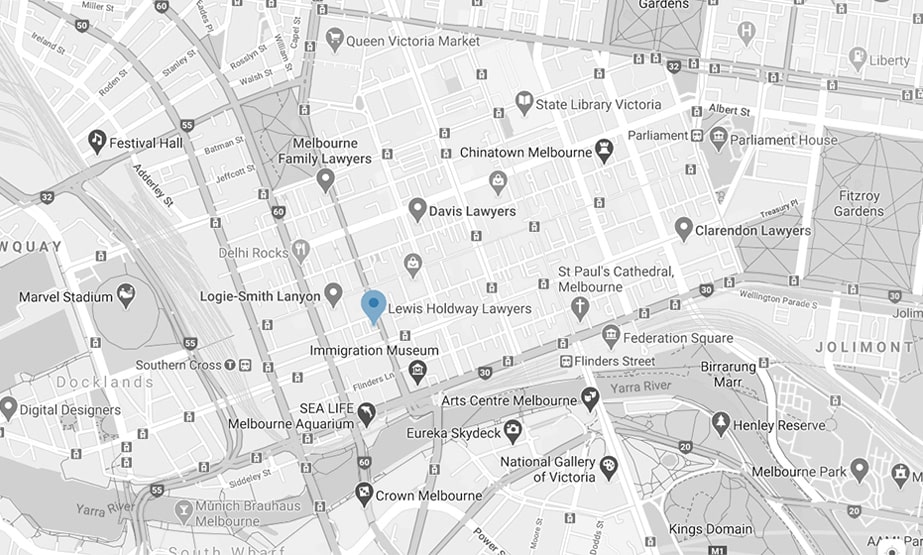Bullying: We can work it out
Bullying: We can work it out
The Fair Work bullying regime has now been in place for two years. On its second anniversary, the Fair Work Commission has given us an insight into what parameters it is prepared to put around the concept of bullying “at work.”
It does sound strange that the Commission would need to consider this, but as the recent decision of Bowker & Ors v DP World Melbourne & Ors [2014] FWCFB reminds us, the nature of work, and therefore its definition, are so much broader now than they were 10 years ago, and it continues to become more fluid. This reality has implications for employers.
This case relates to a bullying claim brought by Bowker and others against the employer and the Maritime Union of Australia under section 789FF of the Fair Work Act 2009 (Cth). The Employer and Union sought to have the bullying claim struck out because they did not believe that the bullying had taken place “at work.” As such, the Commission had to consider what it means to be “at work.”
The Commission identified some standard examples of what it means to be bullied at work:
- Offensive social media postings visible to work colleagues.
- Conduct outside the workplace which is inconsistent with the training undertaken and exercise of authority assumed for out-of-hours activities.
- Conduct under which they have assumed the function of controlling or dealing with a workplace grievance.
- Conduct in or outside the workplace in which disapproval or censure is expressed.
The examples demonstrate that being “at work” is, as most of us know, no longer confined to the physical boundaries of the workplace.
In the Commission’s own words: “the primary duty of care is tied to the work activities wherever they occur and is not limited to the confines of a physical workplace.”
According to the Commission being “at work” creates a temporal connection between the employee being at work and the bullying conduct. A worker will thus be considered to be “at work” at any time he/she performs work, regardless of his/her location and the time of the day. As such, to be “at work” encompasses both the performance of work, as well as performance of other activities which are permitted and authorised by the employer. An example of this is when a worker goes on an authorised meal break at the workplace.
Implications for Employers
Employers need to be aware that their potential liability for bullying may extend beyond the physical boundaries of the workplace. If recurrent bullying is raised by an employee and its source is social media, it cannot be dismissed because it involves social media, or it is done during meal breaks.
Employers need to ensure that they have appropriate anti-bullying, anti-discrimination and harassment policies and that all employment contracts specifically state that the employer does not endorse discrimination and harassment in the workplace. Moreover, all employees should be given these policies or an induction process so as to ensure that all employees are informed about the policies and appropriate behaviour in the workplace, wherever that that may be. Failure to do this could expose an employer to a claim for bullying by one employee when it is inflicted by another employee without account to the employer.
If you have questions regarding workplace bullying, creating a workplace policy or workplace investigations, please contact Chris Morey (Principal, Director of Business Law) or Adam Foster (Lawyer, Business Law) on (03) 9629 9629.
Copyright © 2021 Lewis Holdway Lawyers. Website Design By LGT Digital







